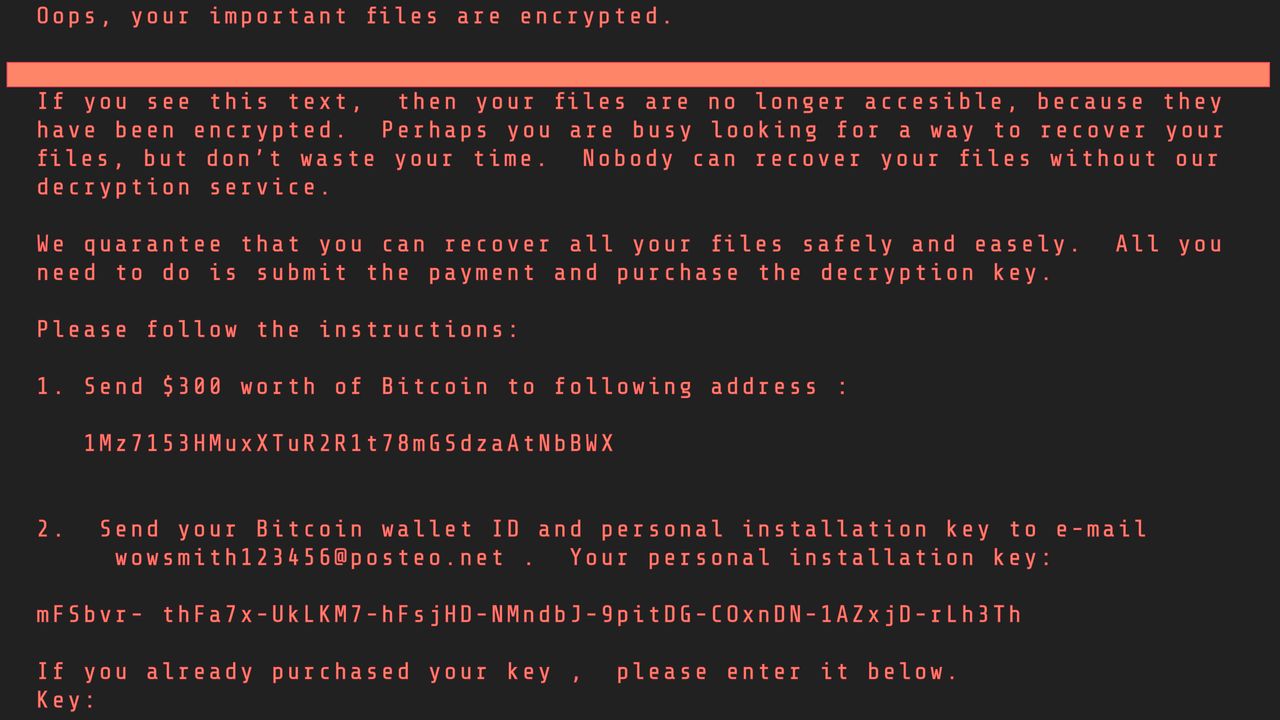NATO Cooperative Cyber Defence Centre of Excellence
Cyber attacks aimed at IT systems of Estonian state institutions began on April 27th – 28th 2007. Websites of the parliament, ministries, banks, and mass media have been disabled.
At that time, Estonia was one of the most computerized countries.
The second wave of attacks, which was even stronger, took place on May 4th, and the strongest one on May 9th 2007. Foreign internet traffic at that time grew four times, which resulted in disabling the websites of various institutions. Initially, Estonia blamed Russia for the attacks. At that time Tallinn and Moscow were in a state of political conflict because statues of Soviet soldiers were removed in Estonia. Due to the lack of evidence, Estonia soon backed out from accusing Russia.
However, Sergiej Markow a deputy of the Russian State Duma admitted later that one of his assistants was responsible for organizing the attack.
Konstantin Goloskokov, the leader of the pro-Kremlin movement “Nashi” in Transnistria, admitted that his organization was also responsible for the attack on Estonia.
These attacks resulted in a lot of concern within NATO. A 282 page-long report called the “Tallinn Manual” has been created, and it constituted a starting point for NATO’s cyberspace defense doctrine.
In 2008, the NATO Cooperative Cyber Defence Centre of Excellence (https://ccdcoe.org/) began its operation. This was the result of the attack which happened a year before.
“Rockets aren’t needed anymore to disable an infrastructure. The same can be done in cyberspace” – said the Estonian president at that time, Toomas Hendrik Ilves.




